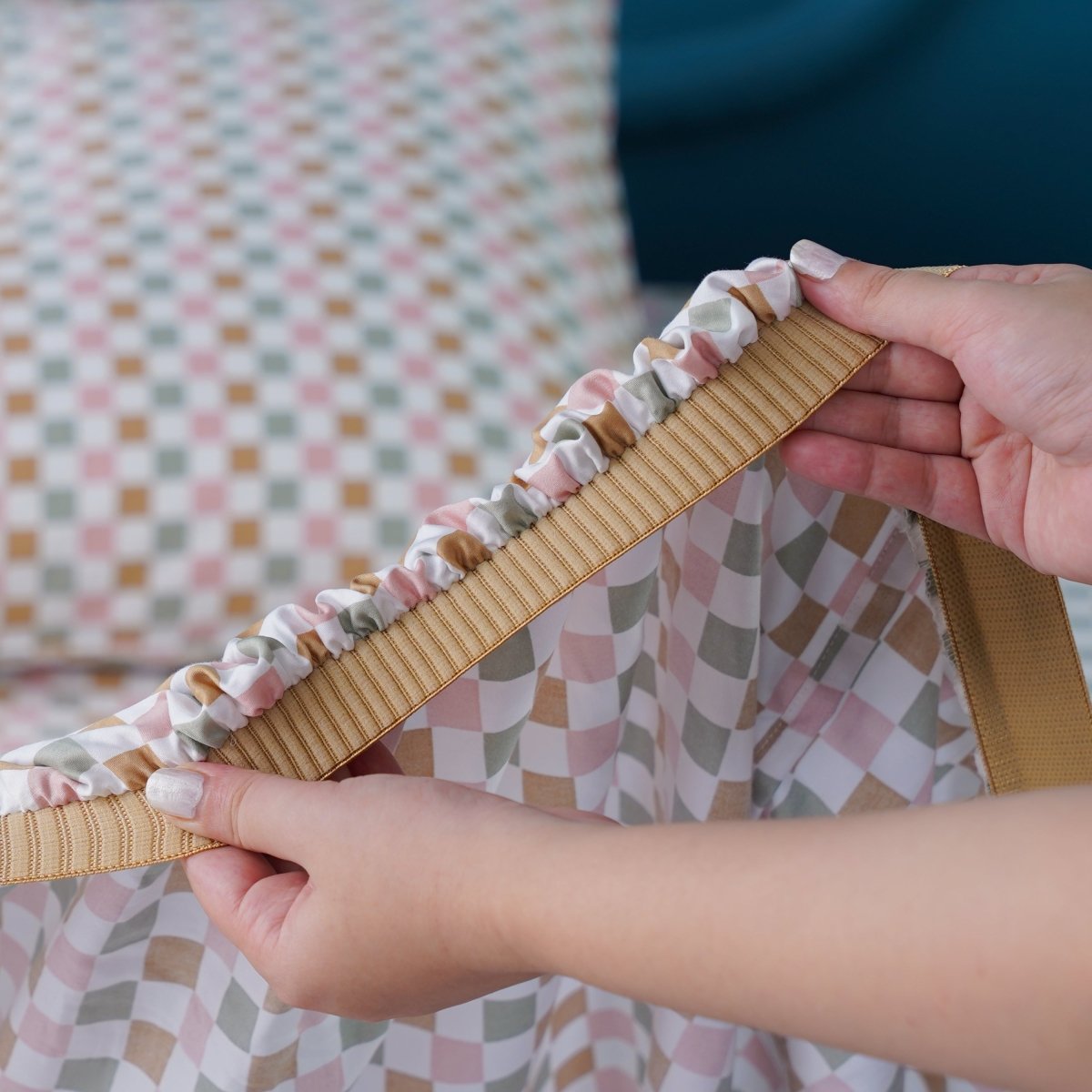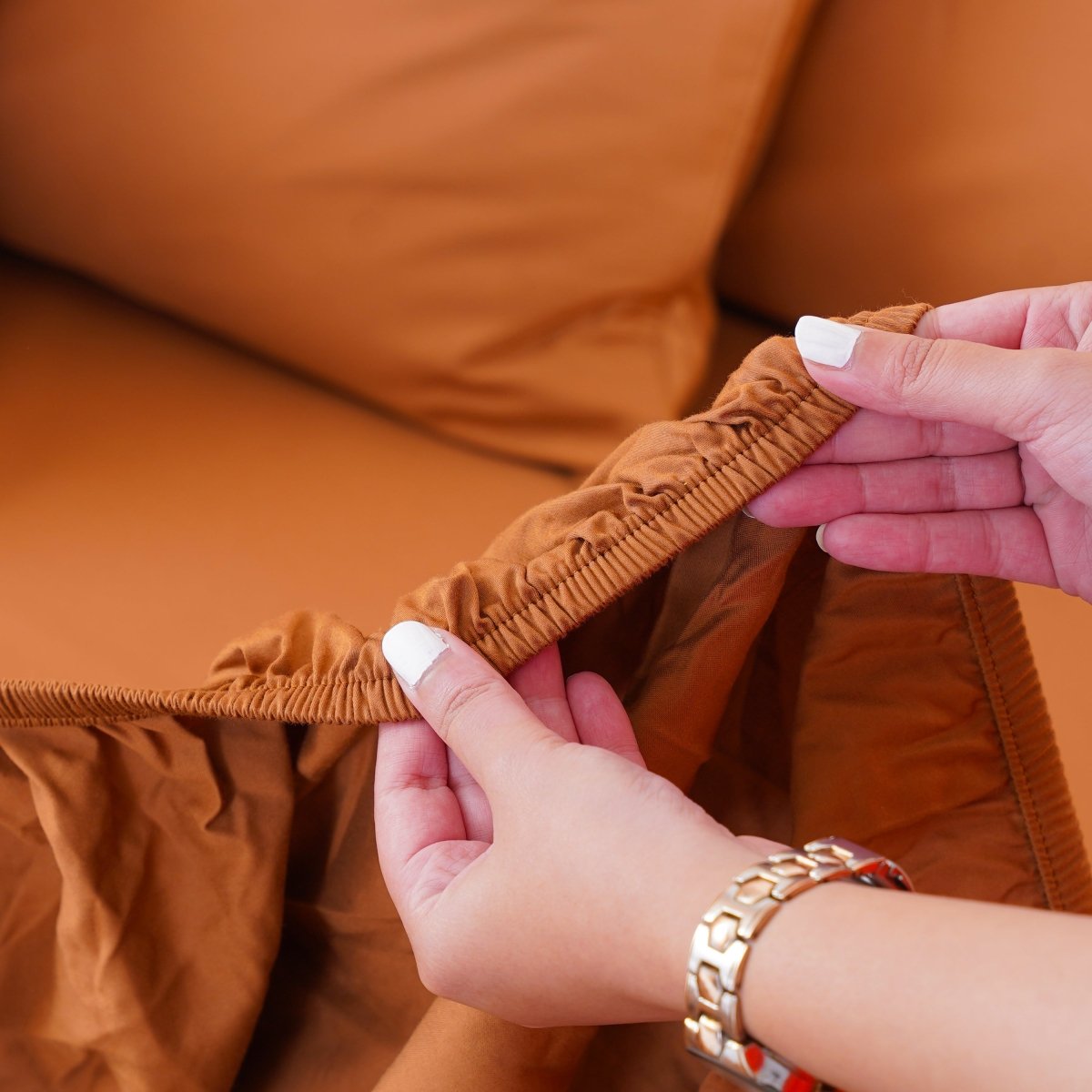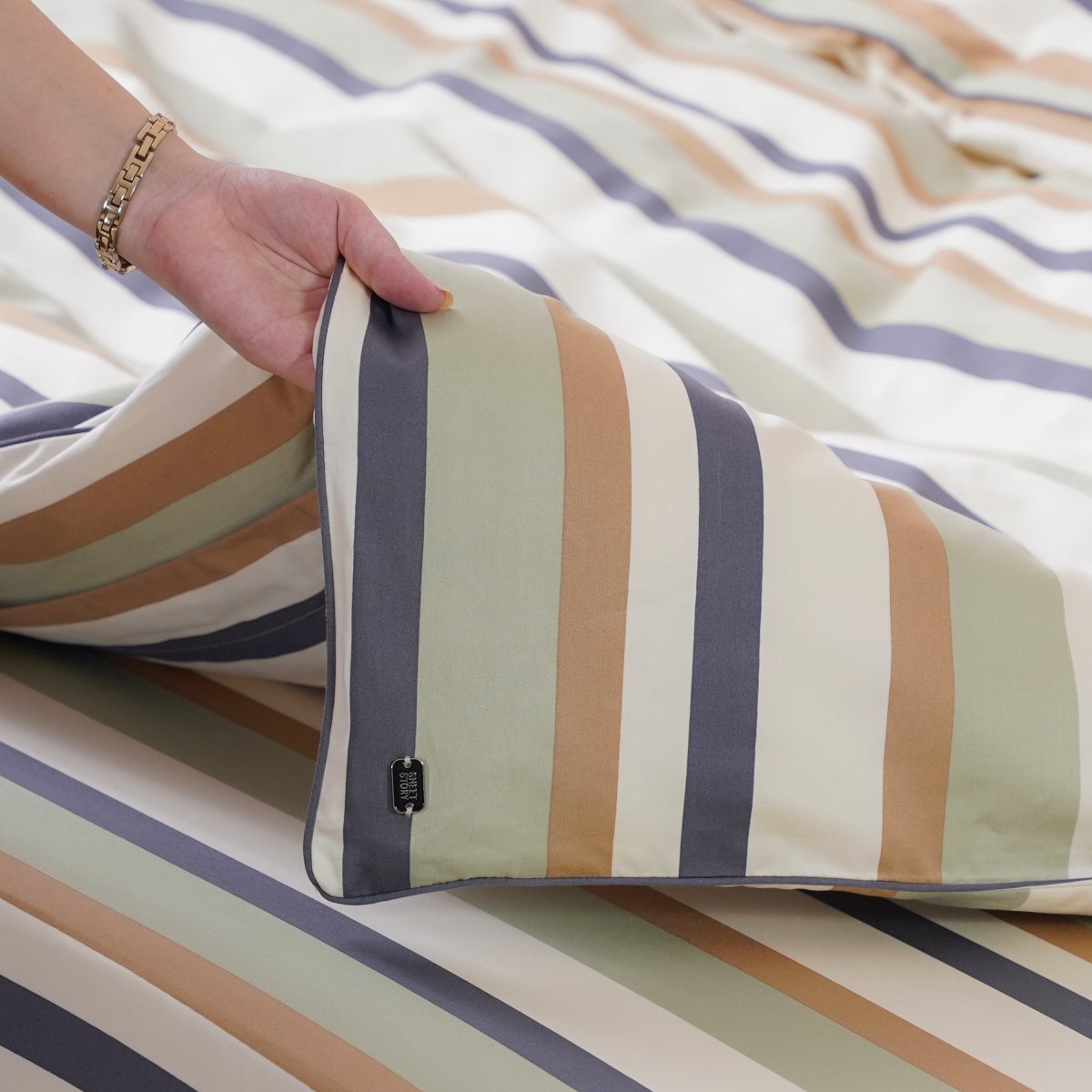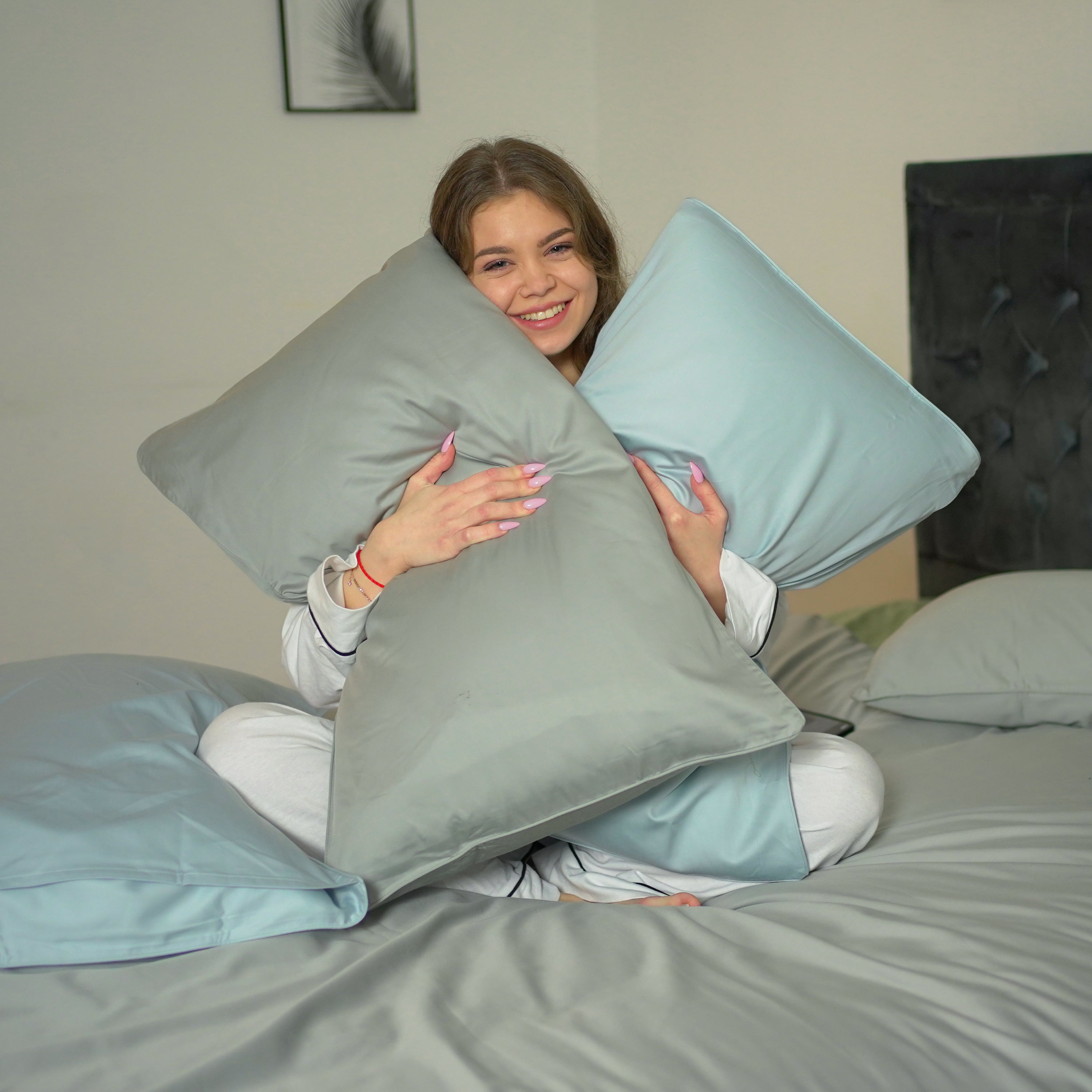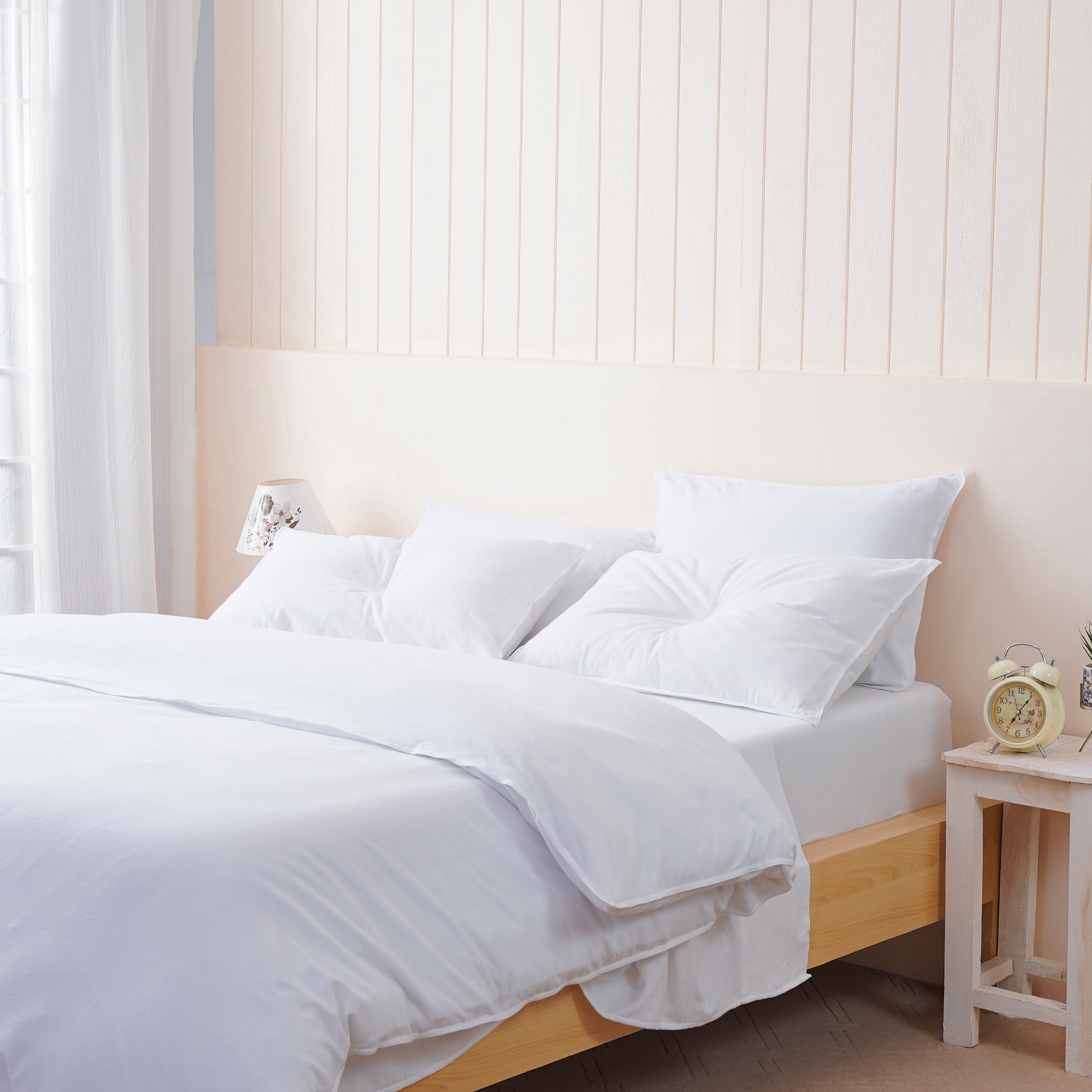If you struggle with sensitive skin, you know how important it is to be mindful of the materials that come into contact with your body—especially when you sleep. Bedding, in particular, can either soothe your skin or trigger irritation. That’s where hypoallergenic bedding comes in: it's specifically designed to minimise allergens and offer a gentle, irritation-free sleep experience. In this guide, we’ll explore the best bedding for sensitive skin and what makes it ideal for allergy sufferers.
Why Hypoallergenic Bedding Matters
Allergy-friendly bedding isn’t just a luxury—it’s a necessity for many. Bedding that traps dust mites, mould, or harsh chemicals can lead to breakouts, rashes, or disrupted sleep. Hypoallergenic bedding is crafted to reduce these irritants, creating a cleaner and safer sleep environment that supports your skin health and overall wellness.
Top Materials for Hypoallergenic Bedding
Organic Cotton
Soft, breathable, and chemical-free, organic cotton bedding is a staple in allergy-friendly bedding. Grown without pesticides or synthetic dyes, it’s ideal for bedding for sensitive skin. Look for GOTS-certified organic cotton to ensure purity and quality.
Bamboo
Known for its natural antibacterial properties, bamboo bedding is moisture-wicking, breathable, and incredibly gentle. It resists dust mites and is a sustainable option for those seeking allergy-friendly bedding.
Tencel (Lyocell)
Made from eucalyptus pulp, Tencel bedding offers a silky-smooth texture and exceptional moisture control. It’s naturally hypoallergenic and great for hot sleepers who also require bedding for sensitive skin.
Silk
Silk bedding, particularly mulberry silk, is naturally hypoallergenic and resists dust mites. Its smooth surface reduces skin friction, making it ideal for people with eczema or acne-prone skin.
What to Look for in Allergy-Friendly Bedding
- Tight weave: Prevents allergen buildup while enhancing comfort.
- Chemical-free dyes: Choose OEKO-TEX certified products for peace of mind.
- Dust-mite resistance: Essential for asthma or allergy sufferers.
- Machine washable: Ensures you can wash at high temperatures to eliminate allergens.
Tips for Creating a Sensitive Skin-Friendly Sleep Space
Upgrading to hypoallergenic bedding is just the first step. To truly protect sensitive skin:
- Use allergy-friendly duvet inserts and pillows.
- Wash bedding weekly at 60°C with fragrance-free, hypoallergenic detergents.
- Keep the room humidity low and use an air purifier to reduce airborne allergens.
- Avoid fabric softeners, which can leave residue that irritates the skin.
Final Thoughts on Bedding for Sensitive Skin
When it comes to your skin, comfort starts with what you sleep on. Investing in hypoallergenic bedding isn’t just about luxury—it’s about creating a healthier, cleaner sleep environment. Whether you choose bamboo, silk, or organic cotton, look for features that promote breathability, purity, and comfort. With the right bedding for sensitive skin, every night becomes a chance to heal, restore, and truly rest.

